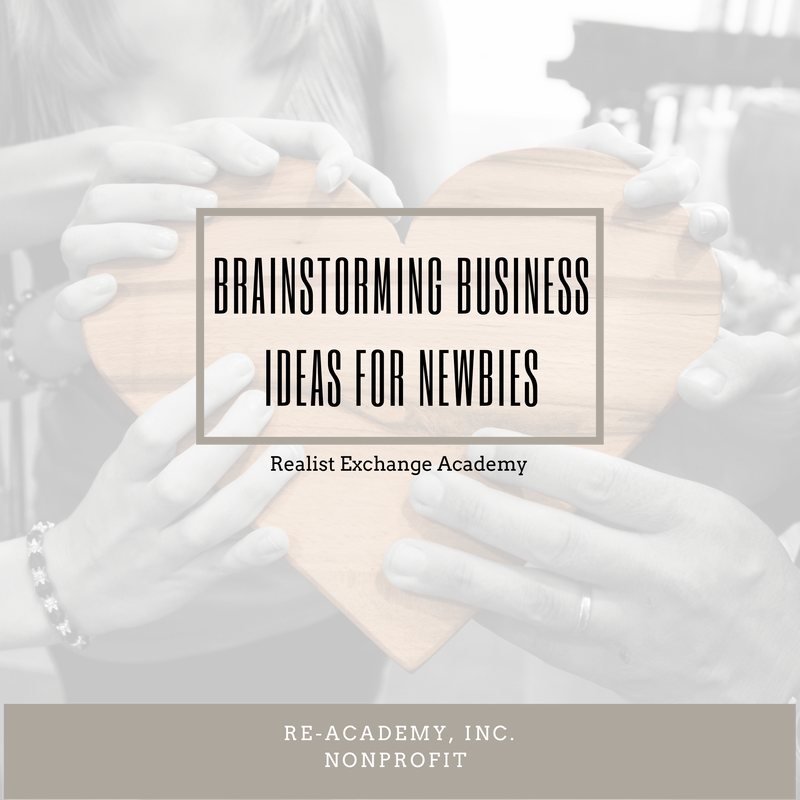|
Starting a new business can be an exciting and rewarding endeavor, but it can also be daunting, especially for newcomers to the world of entrepreneurship. One of the first and most crucial steps in building a successful business is brainstorming and choosing the right business idea. In this blog post, we will walk you through a step-by-step guide on how to brainstorm business ideas effectively, even if you're a complete newbie.
Step 1: Identify Your Interests and Passions The foundation of a successful business often lies in your interests and passions. Start by making a list of things you genuinely enjoy and are passionate about. Think about your hobbies, skills, and the topics that genuinely excite you. Your business idea is more likely to succeed if it aligns with your interests, as you'll be motivated to put in the time and effort required to make it thrive. Step 2: Assess Market Demand Once you've identified your interests, it's essential to determine whether there is a market demand for products or services related to those interests. Conduct market research to understand your target audience's needs and preferences. Look for gaps or problems in the market that your business could potentially solve. Tools like Google Trends, keyword research, and surveys can be helpful in this stage. Step 3: Analyze Your Skills and Expertise Consider your skills and expertise when brainstorming business ideas. What are you good at? What unique skills or knowledge do you possess that could be turned into a business opportunity? Your expertise can give you a competitive advantage in the market and help you offer something valuable to your potential customers. Step 4: Explore Trends and Emerging Industries The business world is constantly evolving, with new trends and emerging industries always on the horizon. Stay updated on industry news, follow trends in technology, and look for opportunities to leverage new and innovative ideas. Think about how you can incorporate these trends into your business concept. Step 5: Solve Problems or Fill a Gap Successful businesses often address specific problems or fill a gap in the market. Think about the pain points people experience in their daily lives and consider how your business idea can solve those problems. Businesses that provide solutions to real-world issues tend to attract a loyal customer base. Step 6: Consider Your Target Audience Your target audience plays a vital role in shaping your business idea. Who are your potential customers? What are their demographics, preferences, and behaviors? Tailor your business concept to cater to the needs and preferences of your target audience to increase your chances of success. Step 7: Evaluate the Competition Research and analyze your potential competitors. What businesses are already offering similar products or services? Assess their strengths and weaknesses. Identifying gaps in their offerings or areas where you can differentiate yourself can help refine your business idea. Step 8: Test Your Idea Before fully committing to your business idea, consider testing it on a small scale. You can create a minimum viable product (MVP) or offer your services to a limited group of customers to gather feedback and assess its feasibility. Brainstorming business ideas as a newbie can be an exciting journey filled with creativity and potential. By following these steps and thoroughly researching your options, you can increase your chances of finding a business idea that not only aligns with your passions and skills but also has the potential to thrive in the market. Remember that entrepreneurship is a learning process, and it's okay to pivot and adapt as you gain more experience and insight into your chosen industry. Good luck on your entrepreneurial journey!
0 Comments
|
AuthorWrite something about yourself. No need to be fancy, just an overview. ArchivesCategories |

 RSS Feed
RSS Feed